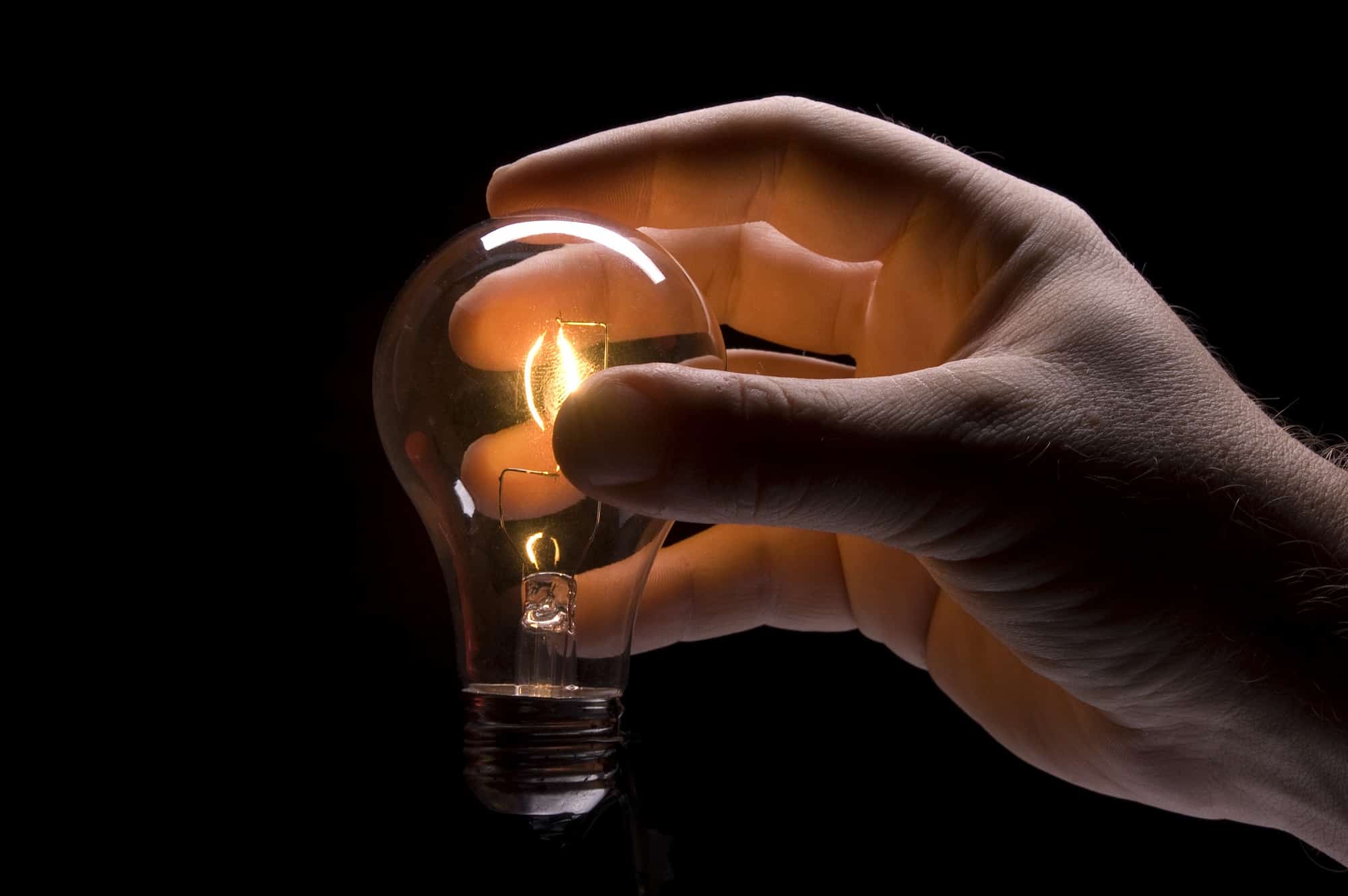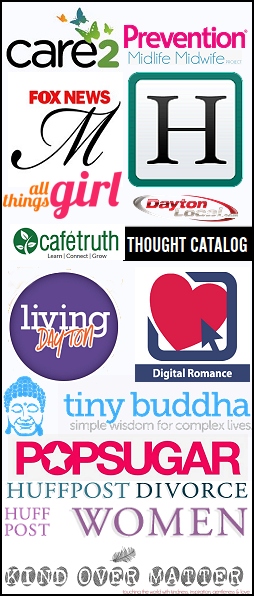Mold can be a silent invader in any home, with significant implications for both health and property value. Living in Utah presents unique challenges due to the climate, which can foster moisture and potential mold growth if not carefully managed. A musty odor, visible mold patches, and increased allergic reactions are top signs that a mold inspection is necessary. Ignoring these indicators can lead to more extensive issues and higher remediation costs.
In many cases, homeowners might not be aware that their property requires a professional assessment. Everyday activities like cooking or humid environments can quickly lead to unseen mold proliferation. That’s why timely access to mold testing and cleanup services can make all the difference in catching problems early. These services help identify hidden growth in places like wall cavities, under flooring, or behind appliances – areas most homeowners wouldn’t think to check. Without proper testing, the issue can quietly worsen, affecting indoor air quality and even structural materials. Addressing it early means fewer repairs and a safer home environment.
Key Takeaways
- Recognize key signs like musty odors and visible mold.
- Professional inspections help prevent health risks.
- Address mold issues promptly with expert services.
Identifying Common Signs of Mold in Your Home
Recognizing signs of mold presence is crucial for maintaining a healthy living environment. Visible changes, health issues, and evidence of moisture can all indicate mold problems.
Visible Indications and Musty Odors
Visible signs of mold often appear as spots or patches in various colors such as black, green, yellow, and white. These can be found on surfaces like walls, ceilings, and floors, indicating mold growth. A musty odor is another strong indicator, often noticeable in certain rooms. It suggests hidden mold, as the unpleasant smell is caused by the compounds released during mold’s life cycle. Homeowners should inspect areas where dampness, leaks, or past water damage has occurred, as these are prime locations for mold development. Addressing visible signs promptly can prevent extensive damage and health issues associated with prolonged exposure.
Health Symptoms Related to Mold Exposure
Mold exposure can lead to various health problems that serve as indicators of its presence. Individuals may experience persistent allergic reactions, including sneezing, coughing, skin rashes, and eye irritation. Respiratory issues, such as difficulty breathing or asthma flare-ups, can also be common in affected households. Some people might notice memory loss or joint pain, suggesting serious health impacts from prolonged exposure. Those facing consistent health symptoms without a clear explanation should consider inspecting their homes for mold. Health-related signs may be particularly noticeable in family members with compromised immune systems.
Moisture and Water Damage Signals
Water damage or excessive moisture is a key factor and signal for potential mold problems. Signs such as stained walls or ceilings can indicate previous water exposure. Warped or bubbling paint may also suggest moisture issues beneath the surface. Areas prone to leaks or spills should be carefully monitored, as they create ideal conditions for mold growth. Moisture sources in kitchens, bathrooms, and basements require particular attention. Regular home inspections focusing on moisture-prone areas can help spot any early mold indicators, assisting in adopting preventative measures before significant growth occurs.
Professional Mold Inspection and Remediation
Mold issues require careful attention from trained professionals. Knowing when to call an expert, understanding the remediation process, and adopting preventative measures are vital to keeping your indoor air quality safe and maintaining property integrity.
When to Call an Expert for Mold Issues
Professional intervention is crucial when mold is suspected or detected in large areas. Visible signs like water damage or persistent musty odours indicate the need for professional mold remediation. Health symptoms such as allergic reactions or respiratory problems also suggest underlying mold issues.
A home inspector or a mold remediator should be consulted to conduct comprehensive mold tests. They possess the expertise to assess the severity of the issue accurately. Calling an expert ensures that mold removal is conducted safely, minimizing further property damage and health risks. Regular checks aid in early detection and prevention.
Steps in Professional Mold Remediation
Professional mold remediation starts with an initial inspection by a certified specialist. They identify affected areas and types of mold. The next step involves containment procedures using barriers and negative air pressure to prevent contamination.
Protective gear is essential for safety during the remediation process. Professionals remove and treat mold-infested materials, employing hepa vacuums and eco-friendly cleaners. Humidity levels are controlled to prevent future growth, as excess moisture is the primary cause of mold issues. Post-remediation testing ensures no traces of mold remain, restoring indoor air quality to safe levels.
Prevention and Long-Term Maintenance
Prevention of mold reoccurrence involves controlling moisture within the home. Regular maintenance of HVAC systems and plumbing helps in reducing humidity levels effectively. Inspecting areas prone to leaks or water build-up like bathrooms, basements, and attics is critical for ongoing prevention.
Long-term solutions include improving ventilation and using dehumidifiers in damp areas. Monitoring mold-prone zones regularly can help detect issues early. Engaging professional services for periodic inspections and air quality assessments further ensures a healthy living environment, preventing costly and hazardous problems in the future. Regular education on prevention techniques empowers homeowners to maintain a mold-free property.
Conclusion
Recognizing the signs that indicate the need for a mold inspection in Utah is crucial for maintaining a healthy living environment. Key indicators such as musty odors, visible discoloration, and persistent respiratory symptoms often signal the presence of mold.
Given that mold can affect both structural integrity and air quality, timely inspection and remediation are essential steps in safeguarding one’s home and health.









